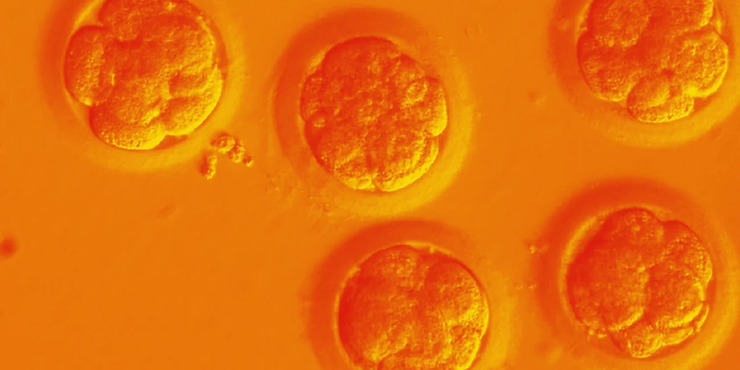By: Charlie Wang
Scientists have figured out how to make synthetic mouse embryos without the essential steps mammals need to take to produce one. Science like this could one day turn out to be beneficial for humans.
The main goal for this experiment, a scientist said, was that they needed to take a closer look at how our organs grow and develop and which could potentially be used to heal humans in the future. People might think that the point of this experiment was to create mice babies outside of the womb but it’s the complete opposite.
Scientists are trying to create benefits for humans by testing out embryos not trying to help us by making babies by chemicals. “Our goal is not making pregnancy outside the uterus, whether it’s mice or any species,” Hanna said. “We are really facing difficulties making organs — and in order to make stem cells become organs, we need to learn how the embryo does that. We started with this because the uterus is a black box — it is not transparent.”
Scientists at the Weizmann Institute of Science studied mice and created synthetic embryos from embryo stem cells. These embryos are so realistic that they are almost identical to the real ones, from the embryos the scientists used it to create hearts, veins, and even brain tissue. They later experimented by testing if they can use this chemical synthesis to make a fetus and later creating a baby mouse.
Scientists think that this experiment might just change the way humans live and strive. Alfonso Martinez Arias, a developmental biologist at Pompeu Fabra University in Barcelona said, “This is an important landmark in our understanding of how embryos build themselves.” He did an extraordinary amount of reach on this topic, and he said that this was a “game changer.”
The scientists predict that in a decade they might be able to create human and mouse cells from chemicals. Scientists just need to study on embryonic development and study how organs form. This will be beneficial to us and our necessities.











